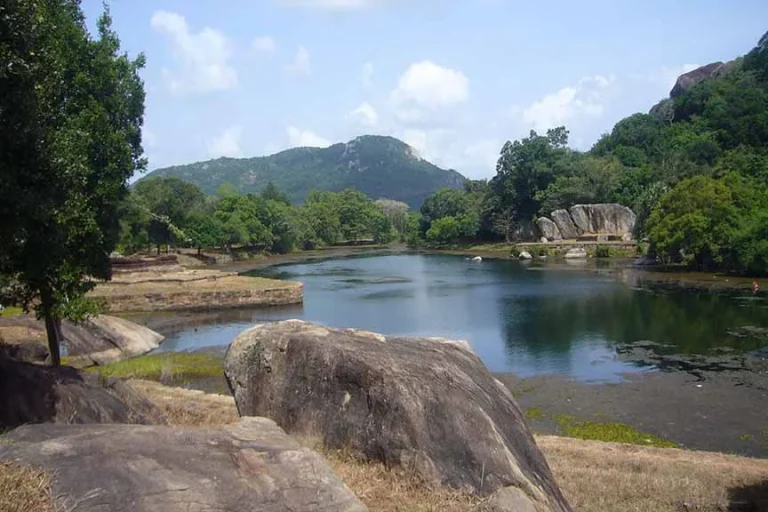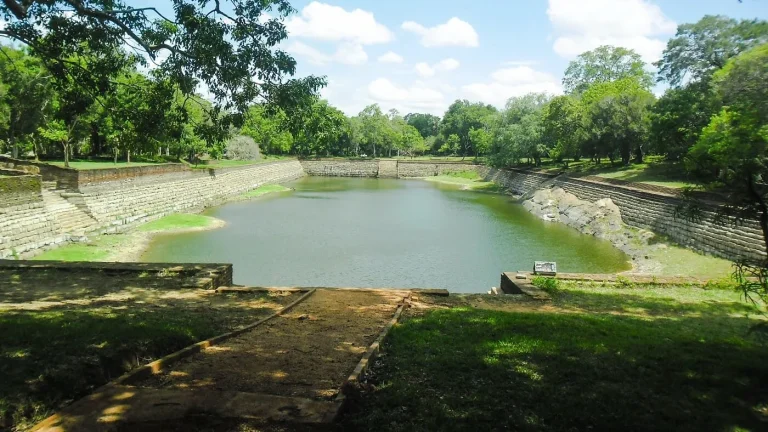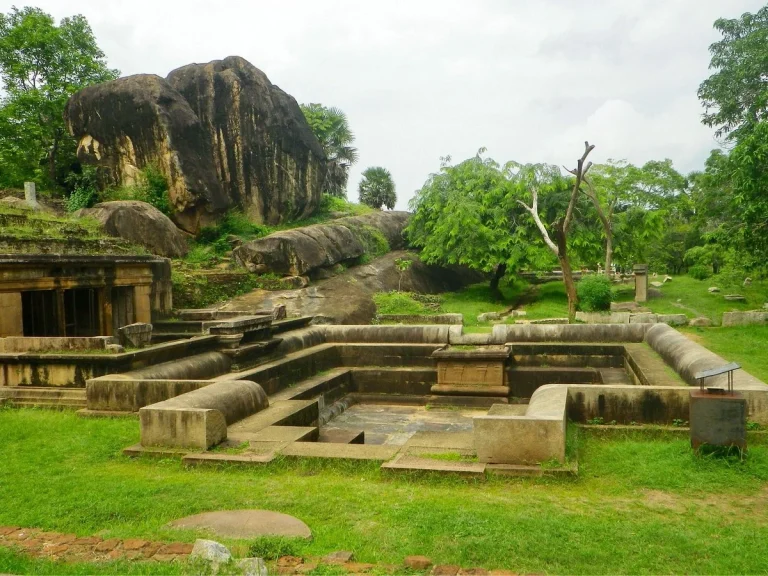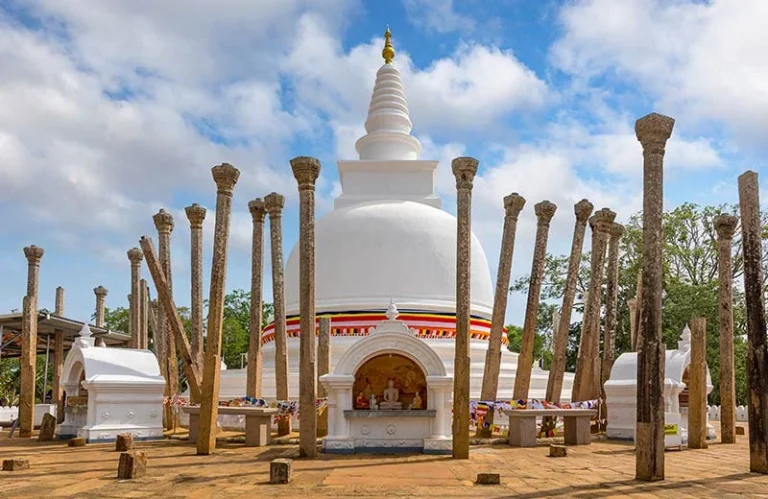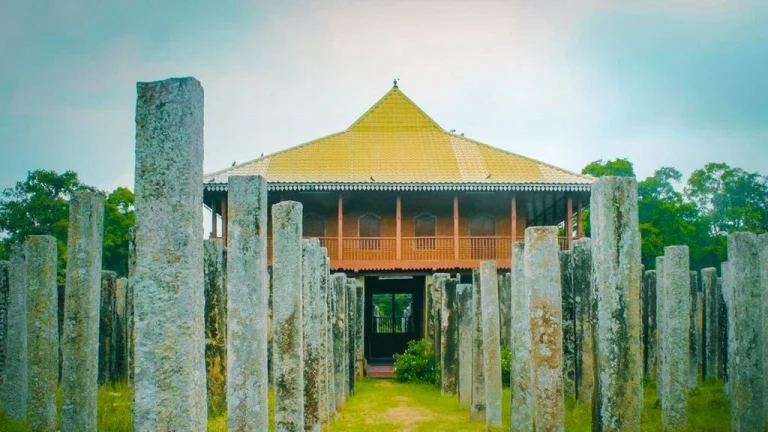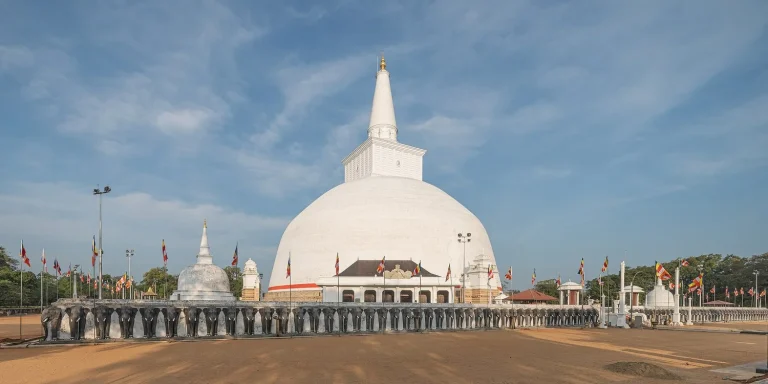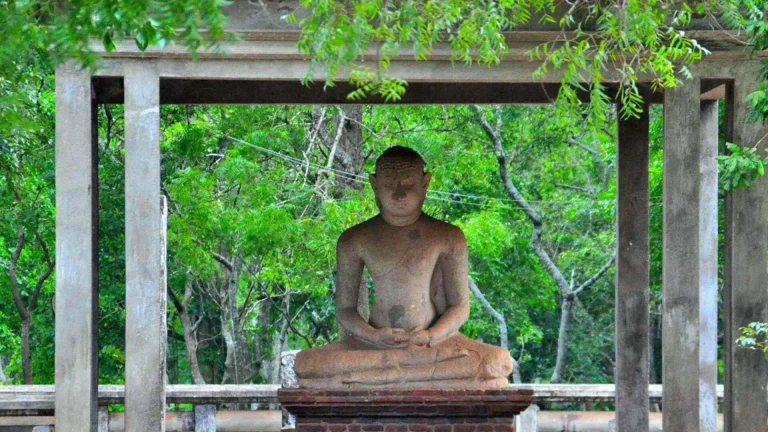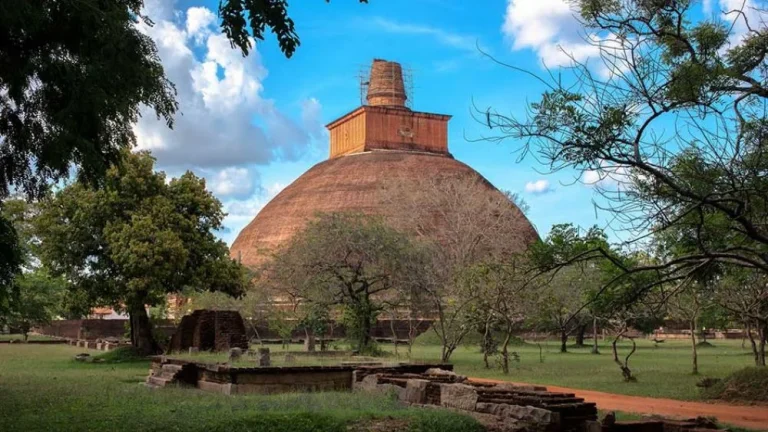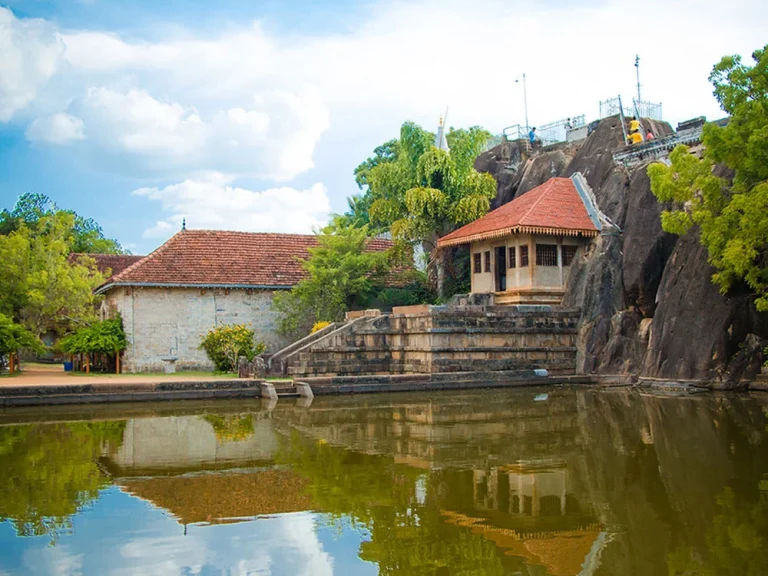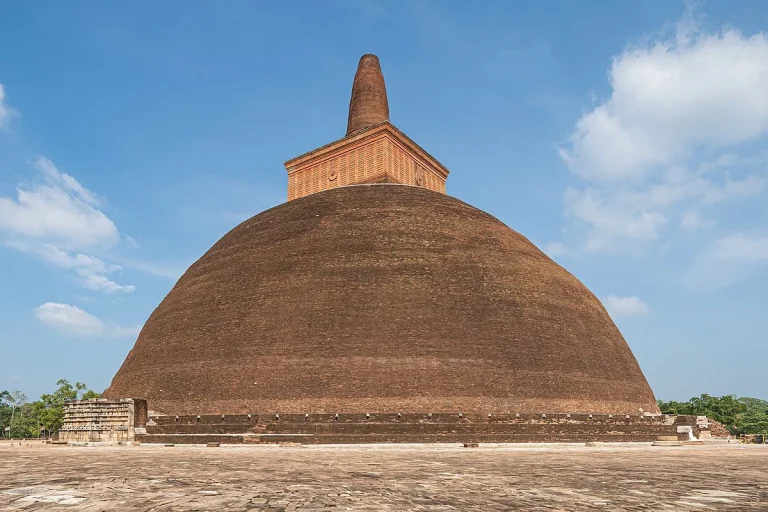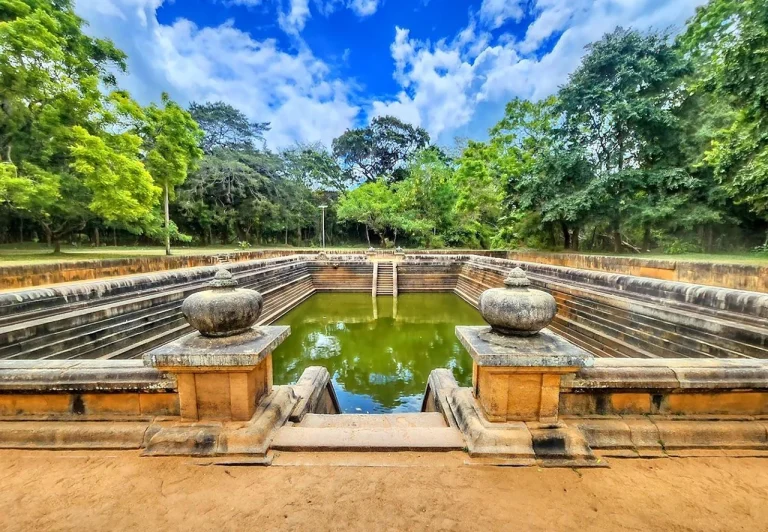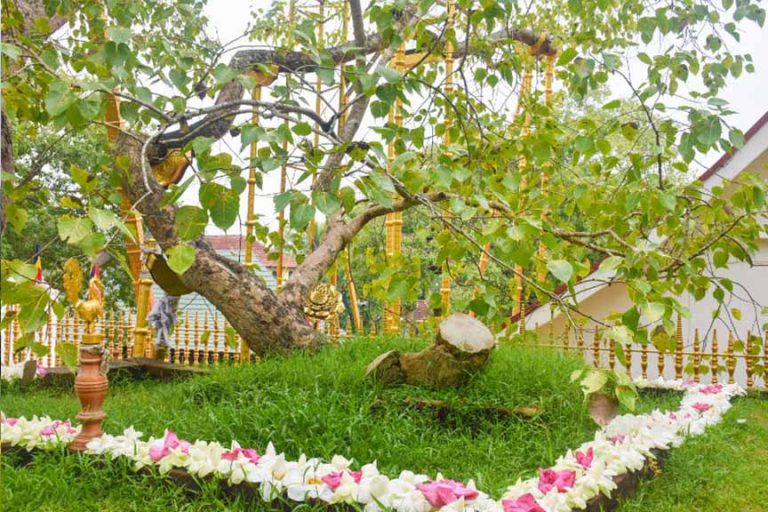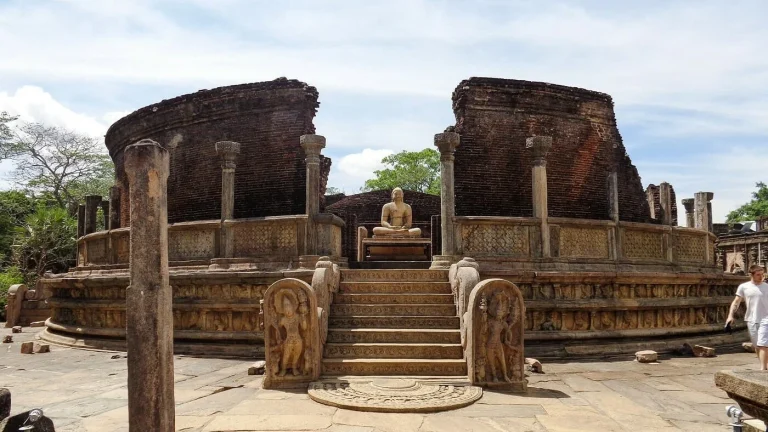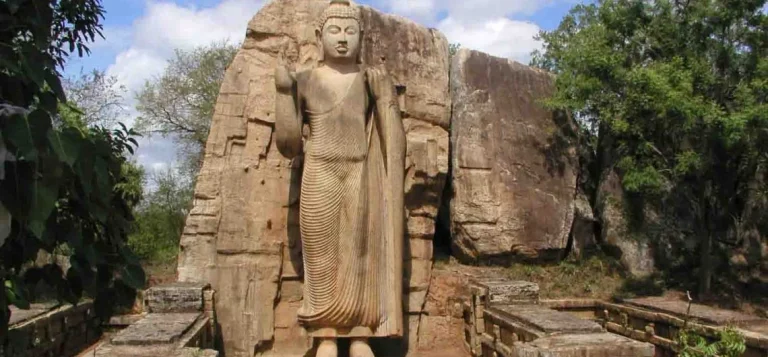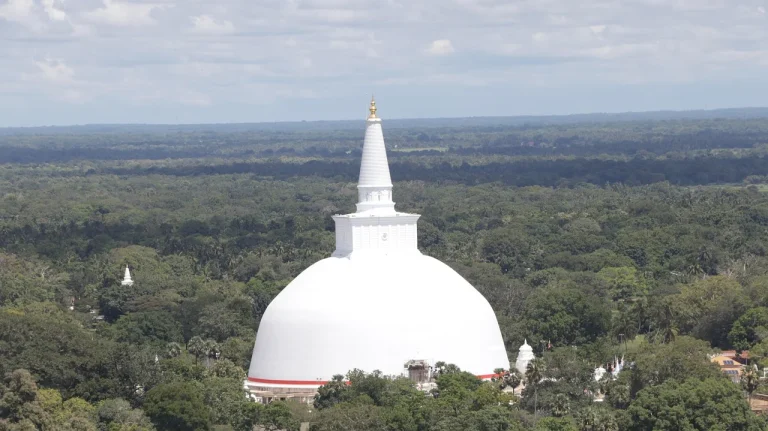All Provinces
Discovering the Timeless Beauty of Lankarama Dagoba in Anuradhapura, Sri Lanka
Anuradhapura, a UNESCO World Heritage Site, holds the heart of Sri Lanka’s ancient civilization. Known for its rich historical landmarks and cultural significance, it draws tourists from across the globe. Among its iconic attractions lies the Lankarama Dagoba, a must-visit site for anyone looking to explore the spiritual essence and architectural grandeur of Sri Lanka’s Buddhist heritage.
Introduction to Lankarama Dagoba
The Lankarama Dagoba is a small but captivating stupa located within the ancient city of Anuradhapura. Built during the reign of King Valagamba (1st century BCE), this sacred site stands as a testament to the island’s deep-rooted Buddhist traditions. Although not as famous as some of the larger stupas like Ruwanwelisaya or Jetavanaramaya, Lankarama Dagoba possesses a unique charm and historical significance that captures the imagination of those who visit.

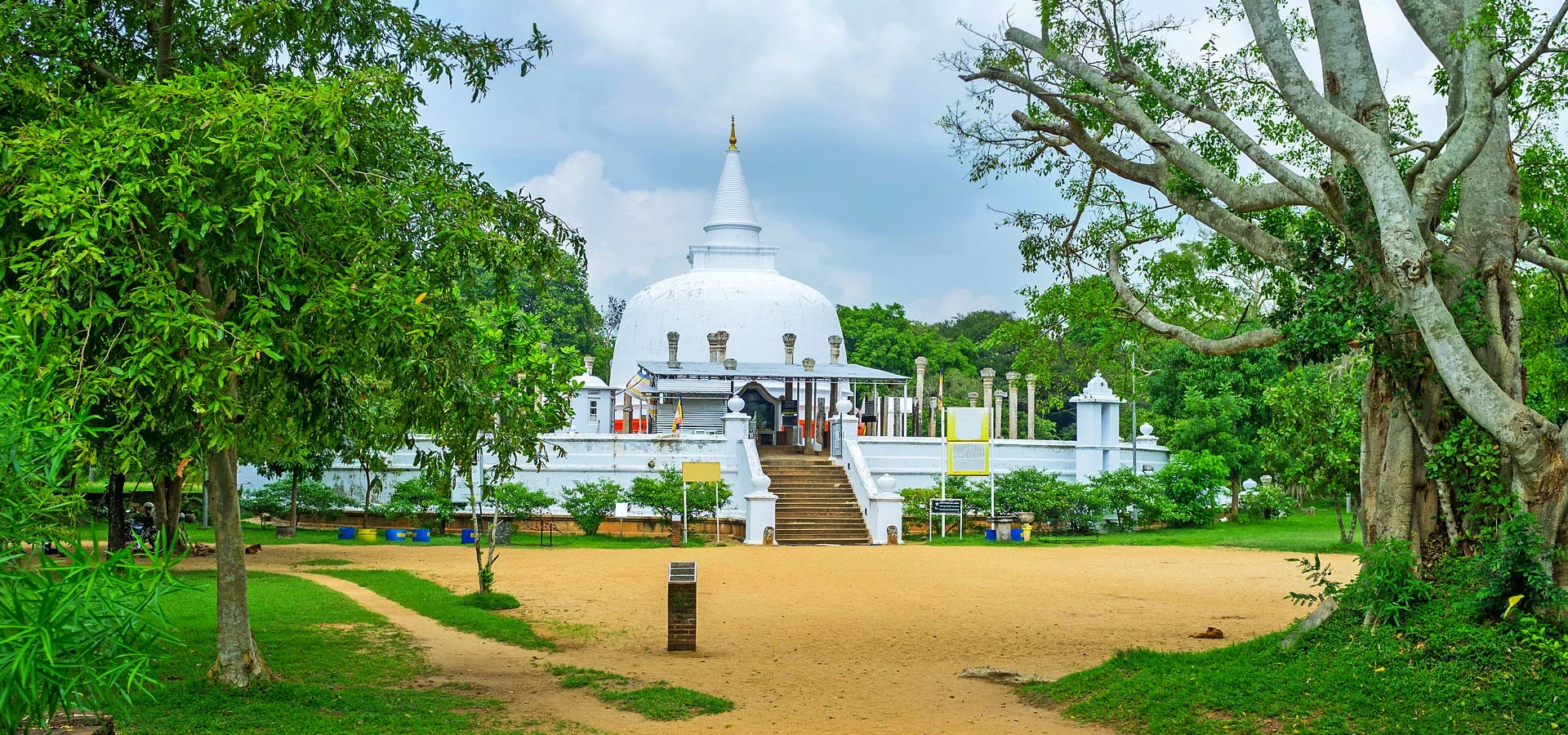
Historical Significance
Lankarama Dagoba was constructed as a mark of gratitude by King Valagamba after reclaiming his throne from South Indian invaders. The stupa enshrines sacred relics and serves as a symbol of the resilience and piety of the king and his kingdom. While the exact relics enshrined in the stupa remain unknown, local folklore suggests that they are of significant religious value to the Buddhist faith.
Over the centuries, Lankarama Dagoba has been a site of pilgrimage for Buddhists, who come to pay their respects and meditate in the serene environment. Its strategic location within the larger Anuradhapura complex makes it a quiet refuge for those seeking spiritual reflection amidst the ruins of Sri Lanka’s ancient past.
Architectural Highlights
Though small in comparison to other stupas in Anuradhapura, Lankarama Dagoba’s architecture is no less fascinating. The stupa itself is relatively modest but stands out because of its unusual circular courtyard, which is surrounded by an elegant stone-pillared structure. These stone pillars once supported a protective roof, which shielded the dagoba from the elements. Today, only the pillars remain, evoking a sense of mystery and antiquity.
The design of Lankarama Dagoba is a fine example of ancient Sinhalese architecture, reflecting the meticulous craftsmanship and devotion of the builders. The simple, symmetrical lines of the stupa complement the natural beauty of its surroundings, creating a tranquil atmosphere perfect for meditation and quiet contemplation.
Spiritual Experience
Visiting Lankarama Dagoba is more than just an exploration of history; it is a spiritual journey. The quiet, serene surroundings of the stupa provide an ideal setting for meditation and reflection. Buddhists often visit the site to offer flowers, light incense, and perform rituals that date back centuries. The peaceful ambiance of Lankarama Dagoba allows visitors to experience a sense of calm and tranquility, making it a perfect spot to escape the hustle and bustle of modern life.
Best Time to Visit Lankarama Dagoba
The best time to visit Lankarama Dagoba is during the cooler months from November to April. This period offers pleasant weather conditions for sightseeing in Anuradhapura, which can be scorching hot during the summer. The mornings and late afternoons are ideal for exploring the stupa, as the heat is less intense, and the lighting enhances the ancient beauty of the site.
Additionally, visiting during Buddhist festivals such as Vesak Poya or Poson Poya can provide an even more immersive cultural experience, as the stupa comes to life with rituals, prayers, and vibrant decorations.

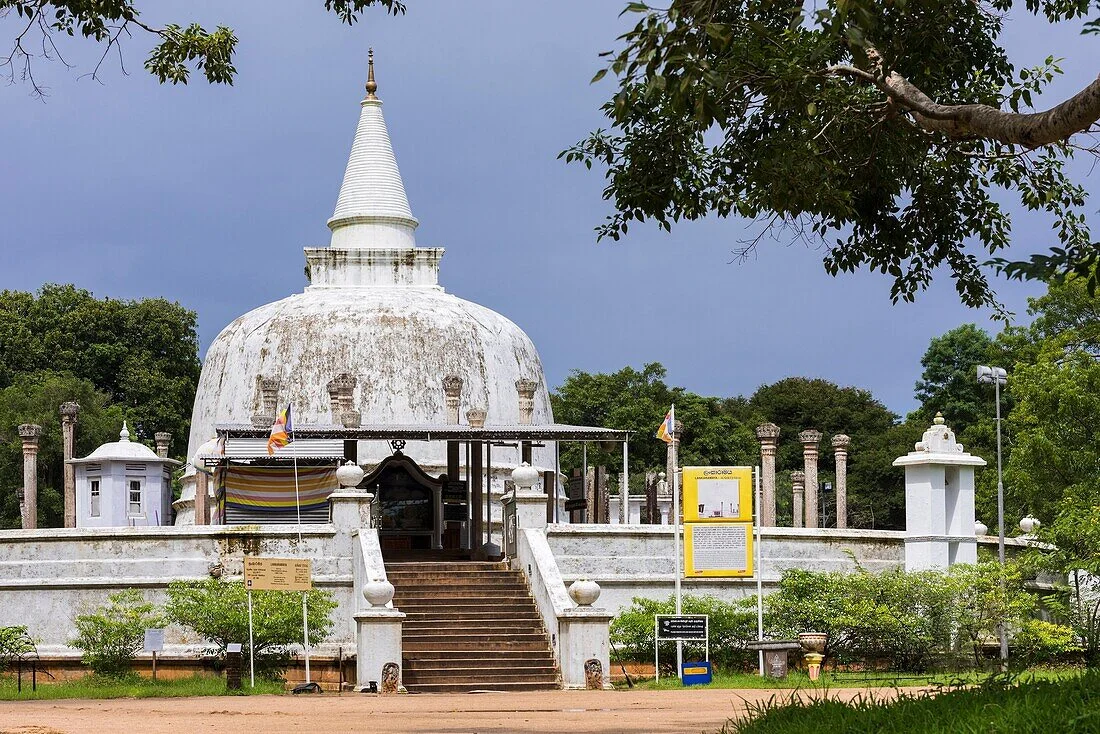
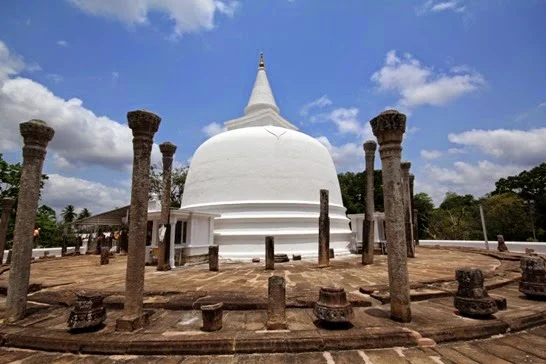
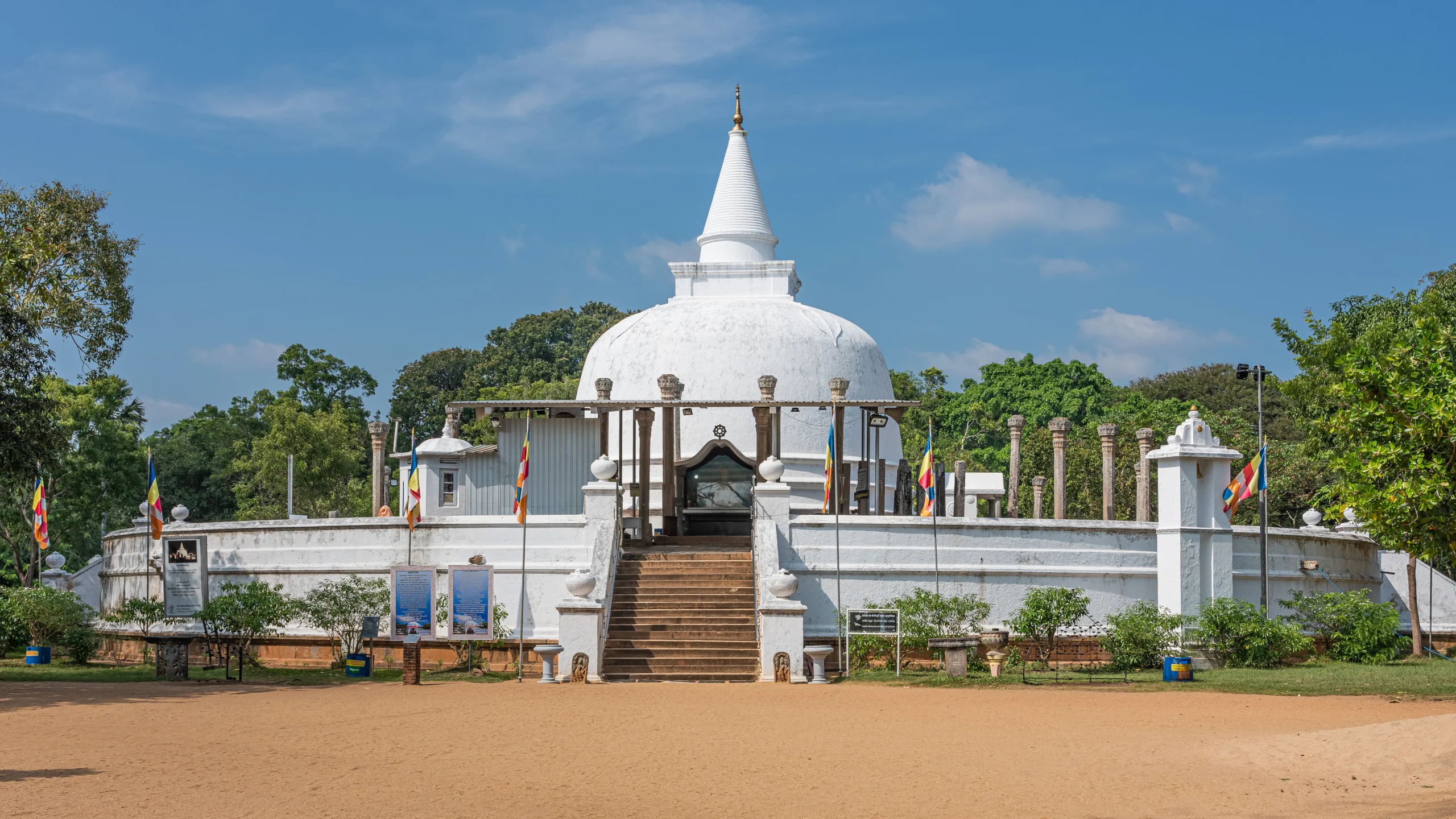
How to Get to Lankarama Dagoba
Lankarama Dagoba is easily accessible from the city of Anuradhapura. Visitors can hire a tuk-tuk, taxi, or bicycle to explore the ancient city and its many sites. The stupa is located just a short distance from other significant landmarks like Abhayagiri Vihara and Jetavanaramaya, making it convenient to visit as part of a larger tour of Anuradhapura’s historical attractions.
Travel Tips
- Dress Modestly: Lankarama Dagoba is a sacred site, so it is essential to dress modestly. Ensure that your shoulders and knees are covered, and remove your shoes before entering the stupa area.
- Respect the Culture: Be mindful of local customs and traditions. Avoid loud noises and inappropriate behavior. Offerings of flowers, incense, or candles are welcome but should be done with respect.
- Photography: While photography is allowed, ensure that you do not disturb the peaceful atmosphere or intrude on worshippers’ space. Flash photography is discouraged.
- Stay Hydrated: Anuradhapura can get hot, especially during midday. Carry plenty of water and sunscreen, especially if you’re visiting multiple sites.
- Guided Tours: For a deeper understanding of the history and significance of Lankarama Dagoba and the Anuradhapura complex, consider hiring a local guide who can provide detailed insights.
Conclusion
Lankarama Dagoba may not be as grand as some of the other stupas in Anuradhapura, but its historical importance and spiritual atmosphere make it a must-visit for travelers exploring Sri Lanka’s ancient heritage. Whether you’re a history enthusiast, a devout Buddhist, or simply a traveler seeking a moment of peace, this hidden gem offers a unique glimpse into the island’s past.
With its deep cultural roots, serene environment, and proximity to other landmarks, Lankarama Dagoba is an essential stop on any visit to Anuradhapura, Sri Lanka’s cradle of civilization.
See More Tourist Places Click Here

